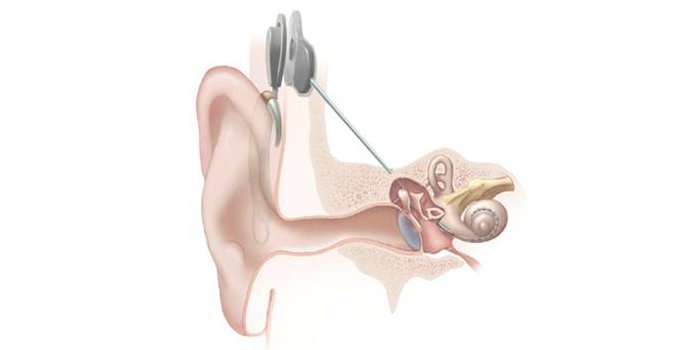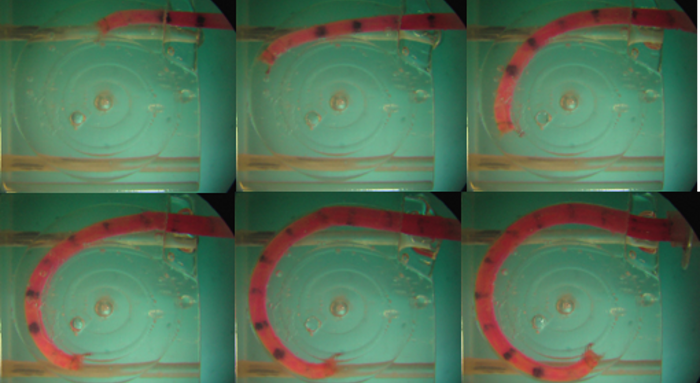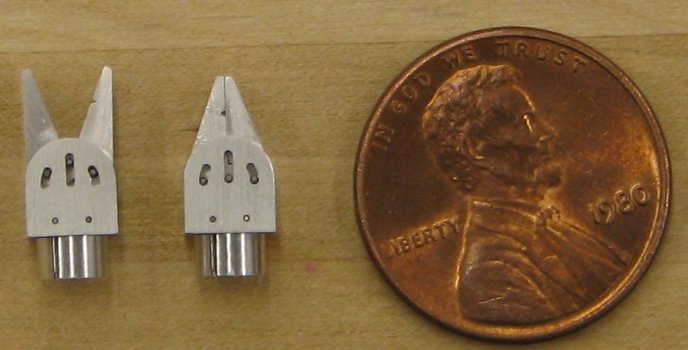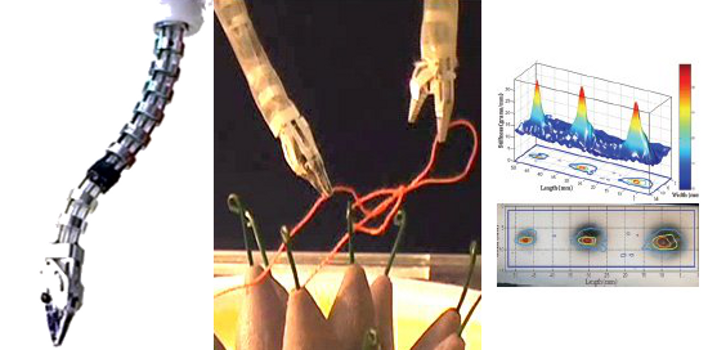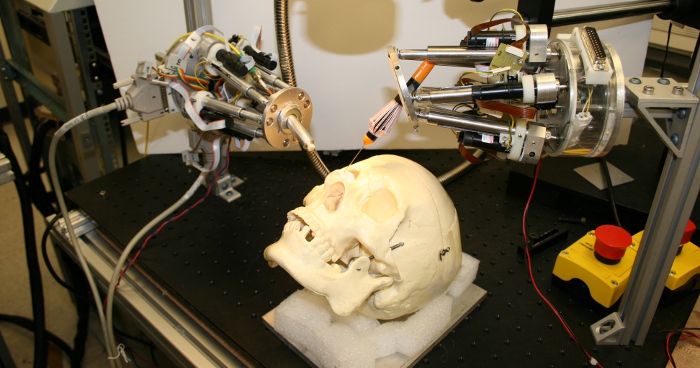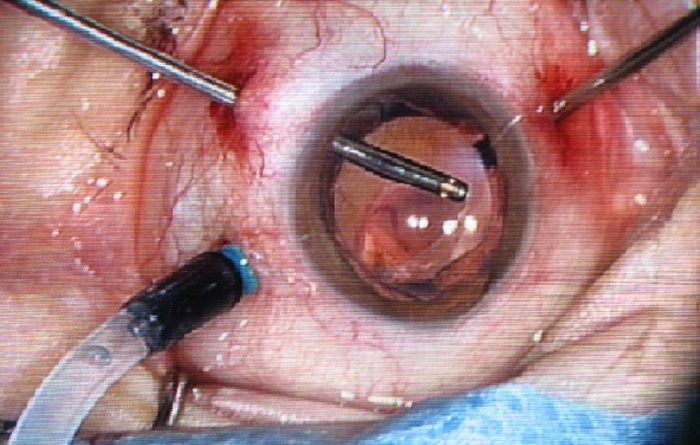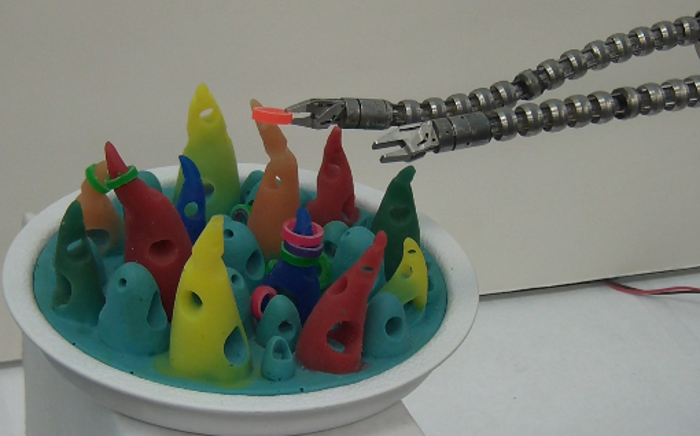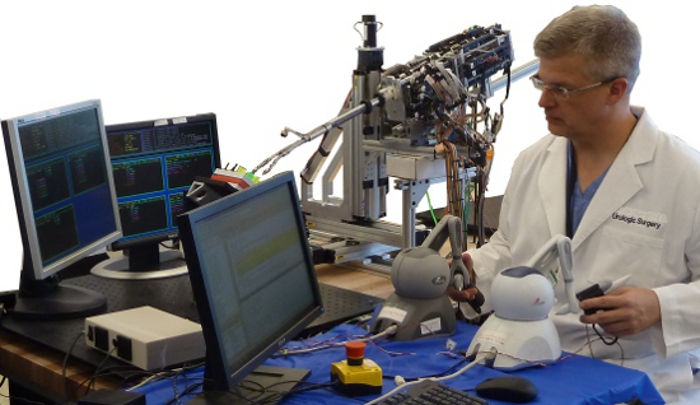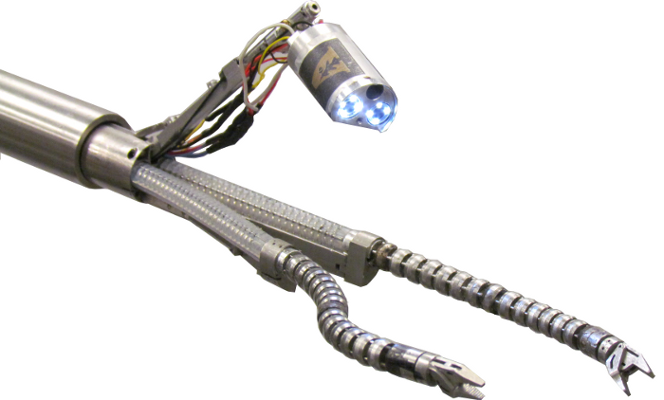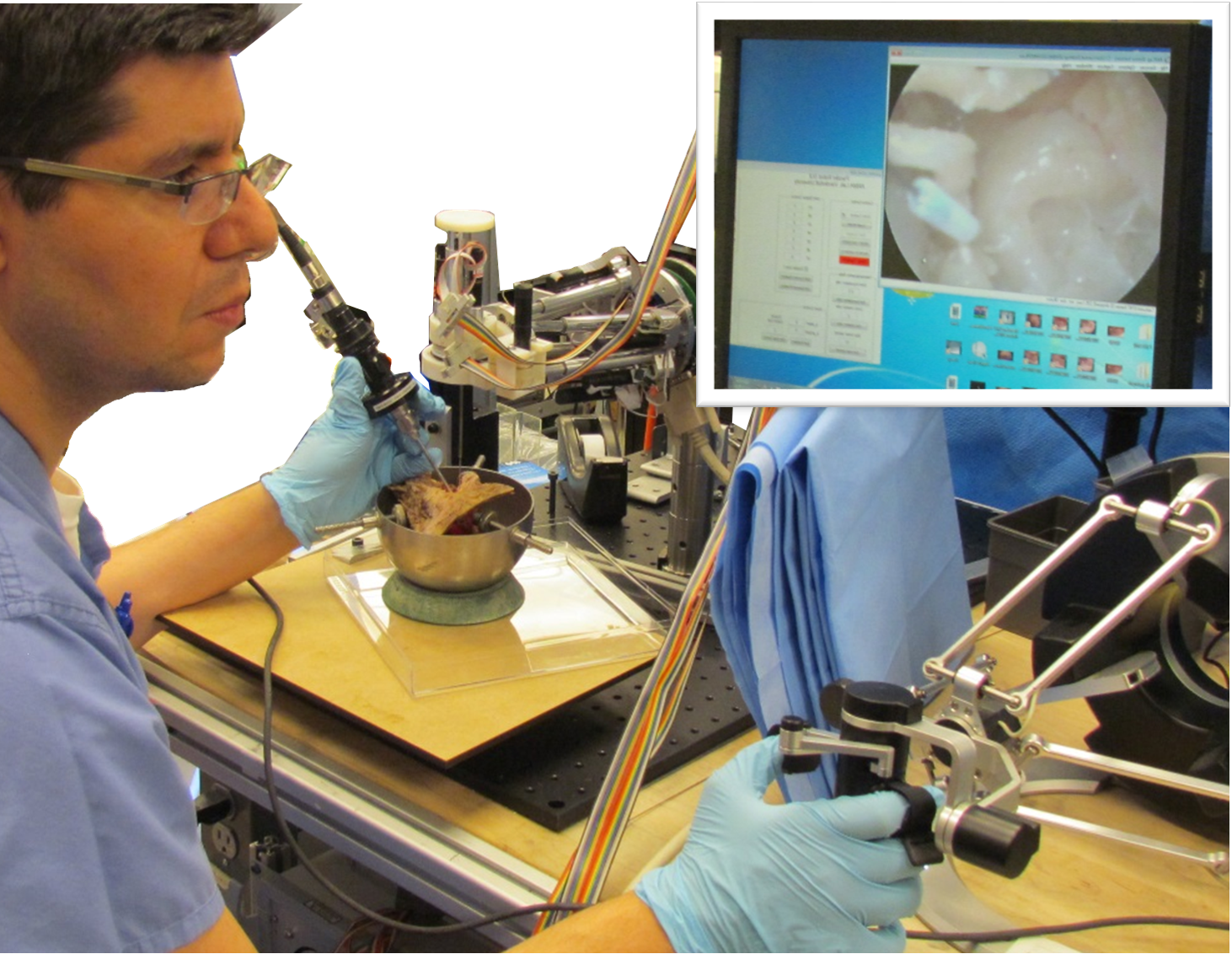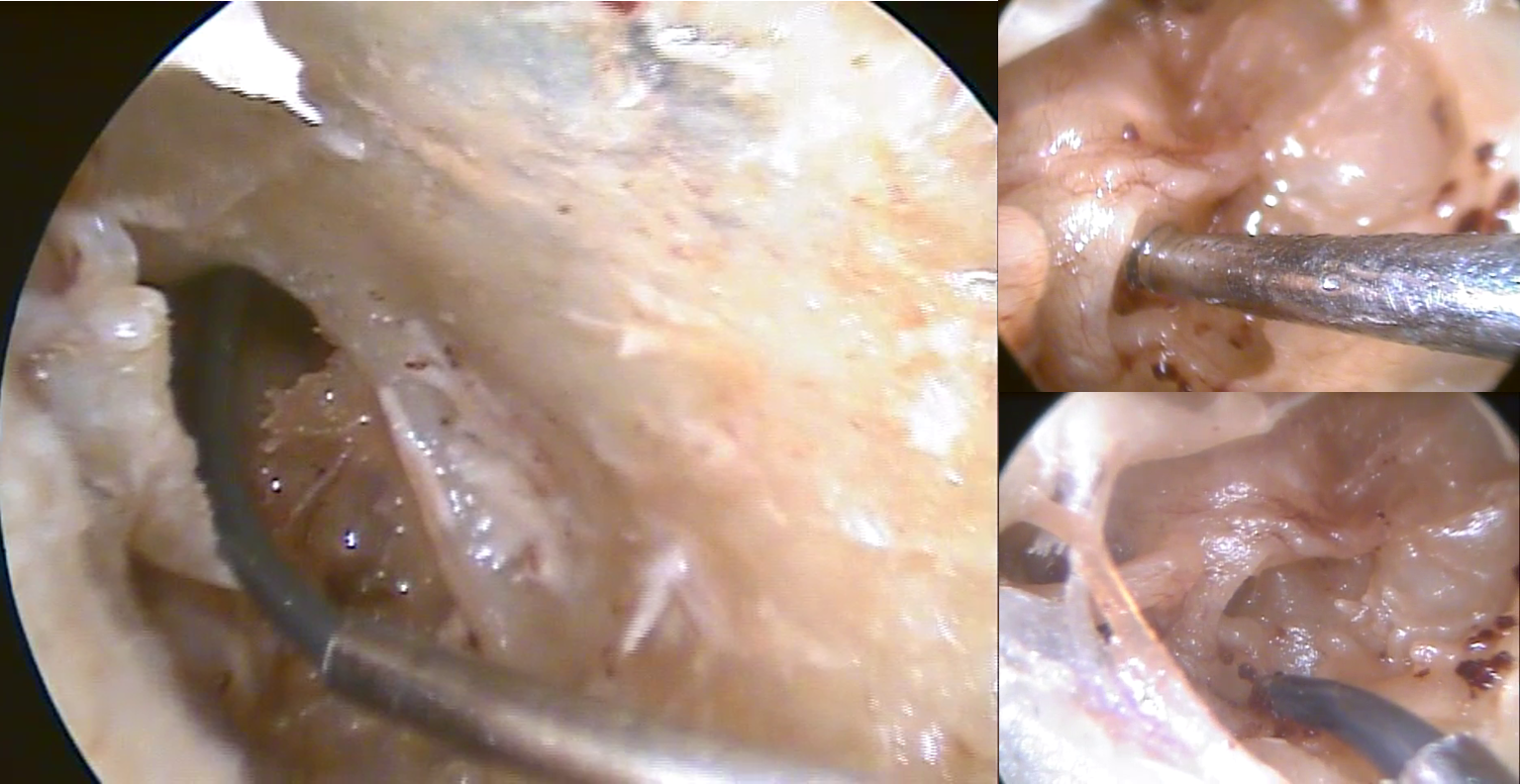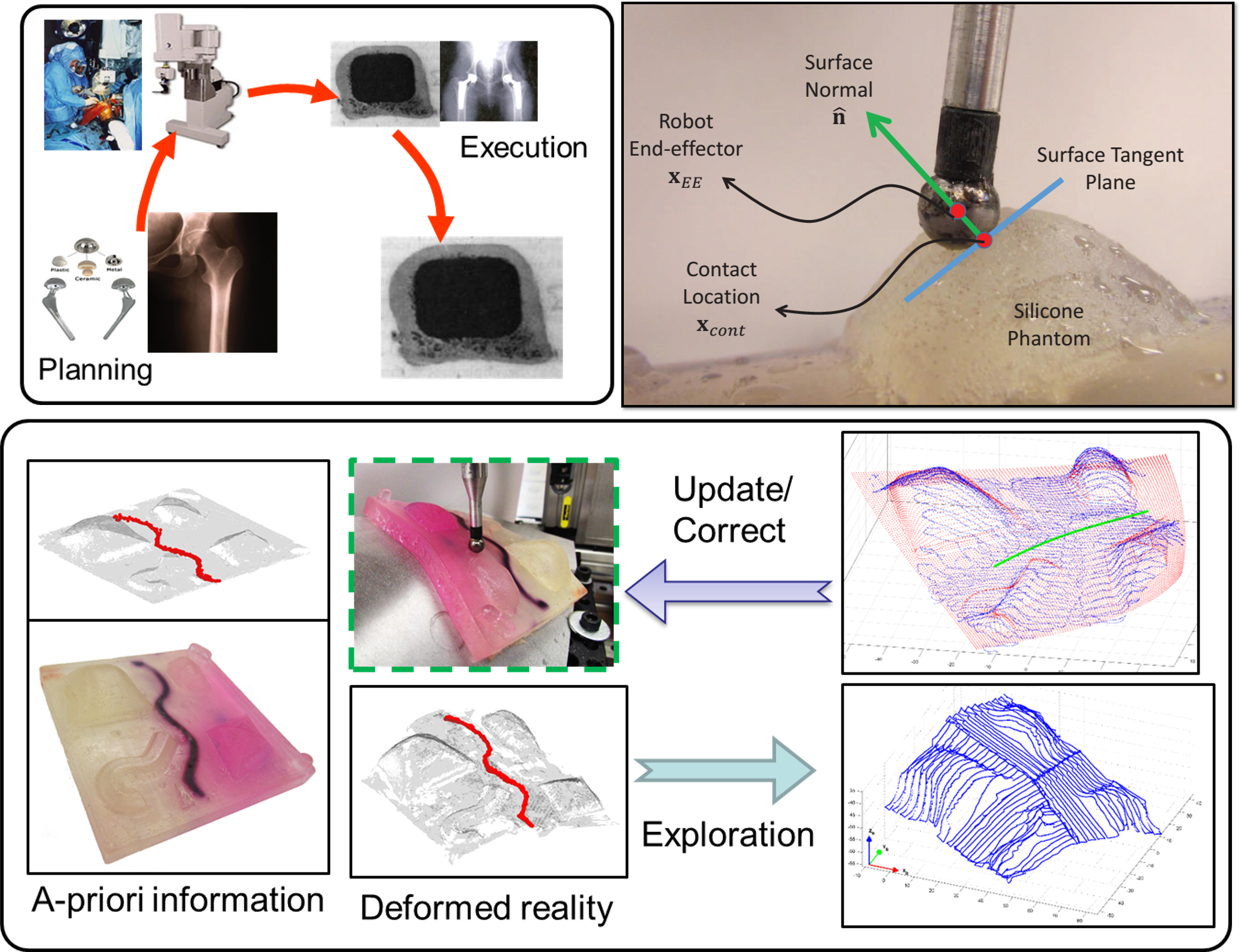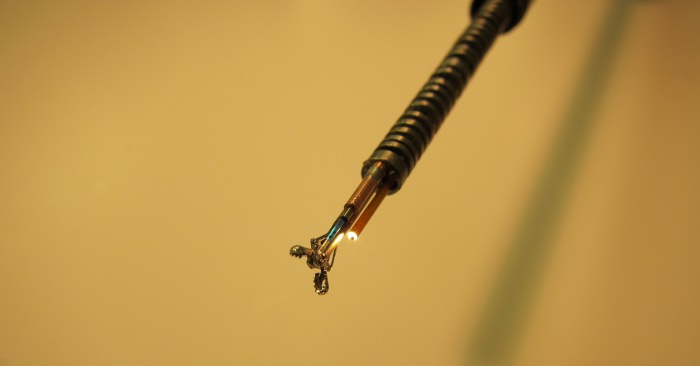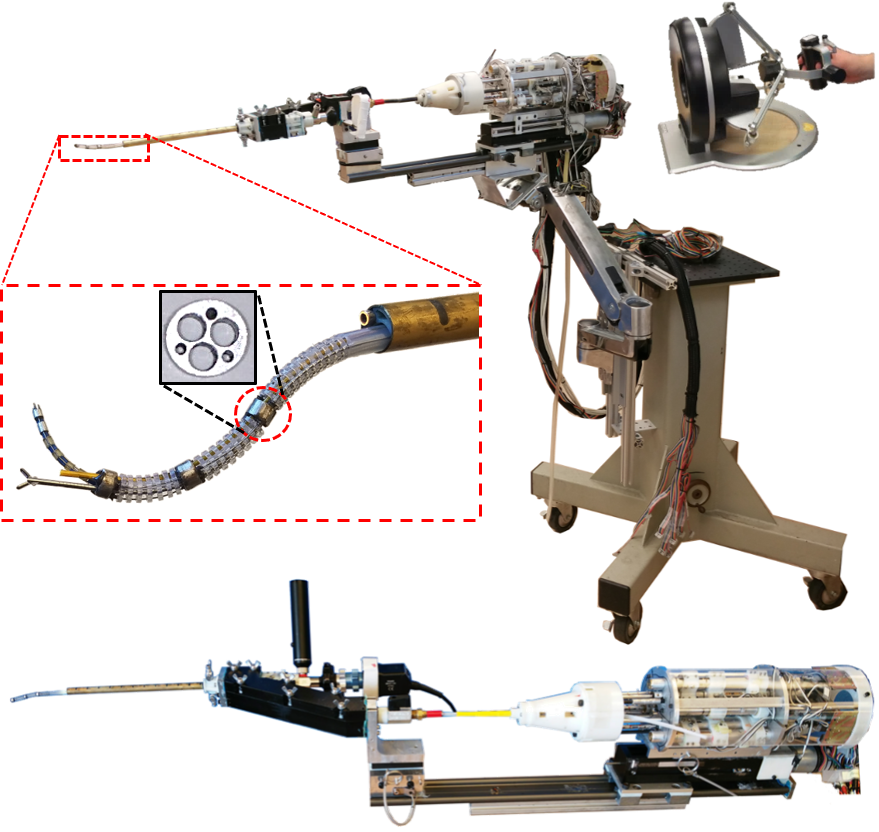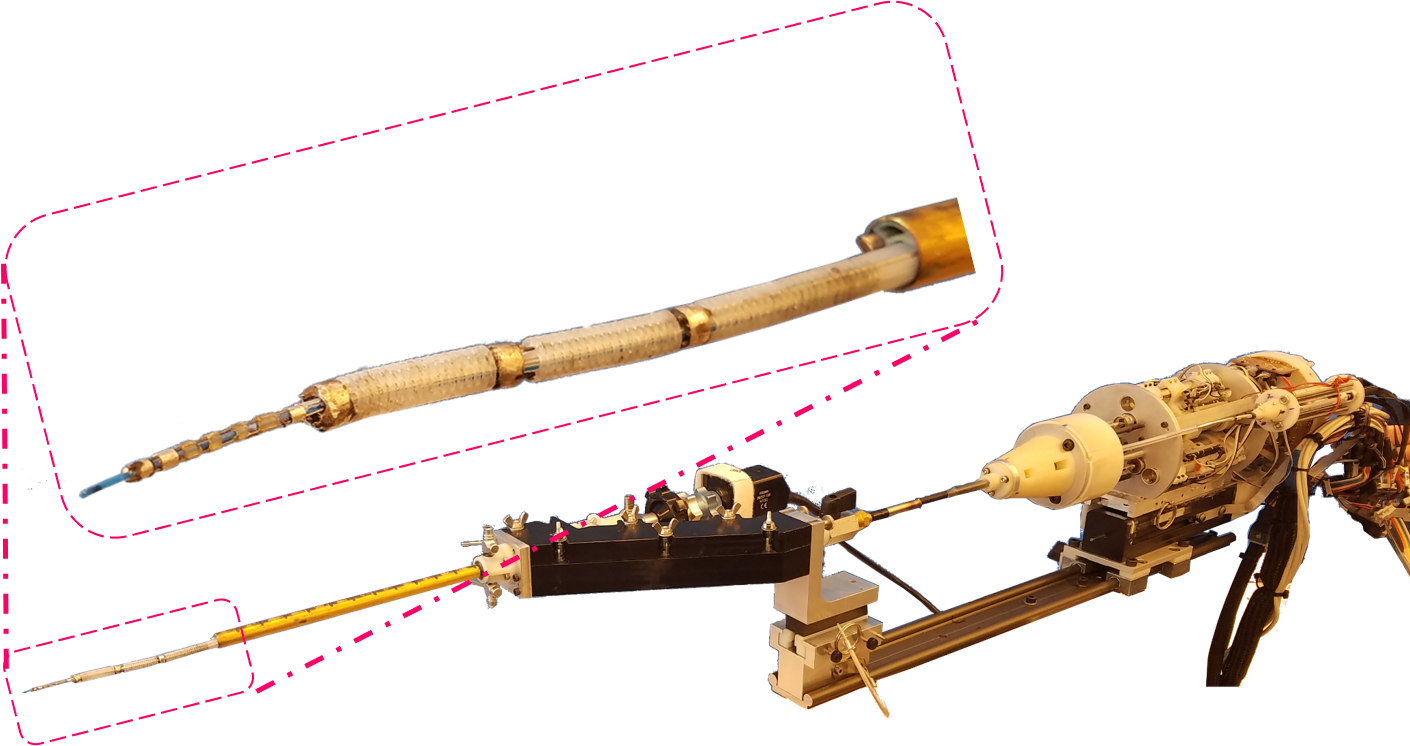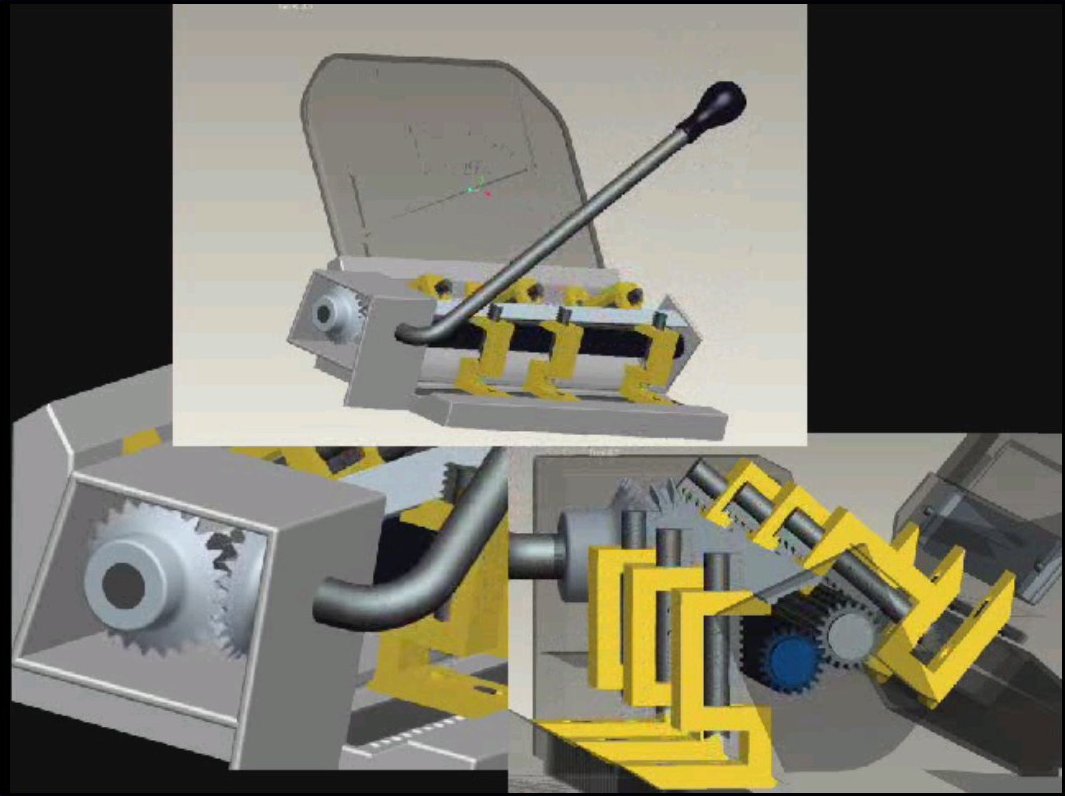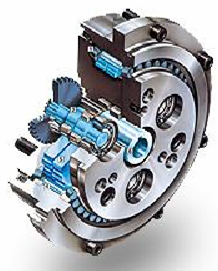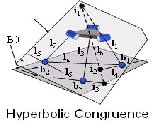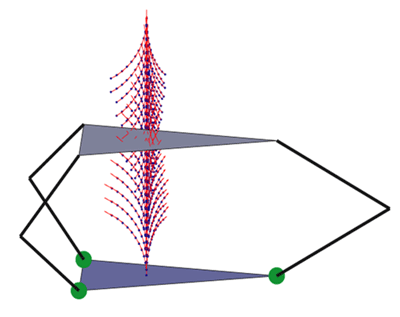About this page
This course provides a basic introduction to design, technical graphics communication and computer-aided design. The course is administered through the Vanderbilt Brightspace website. This page provides basic information about the course and also links to download the tutorial videos that are way too bulky to include at the Brightspace website. Here is the syllabus for Fall 2014 (PDF file).
Video Tutorials for Creo 4.0
The following videos compliment the PDF tutorials handed out on Brightspace.
To view the tutorials it is suggested that you right click on the links and choose the option "save link as" to save the files locally on your machine.
- Tutorial 1: introduction to extrusion command (2018)
- Handout tutorial on reorienting parts (part 1) (part 1)
- Handout tutorial on reorienting (part 2)
- Tutorial 2: Extrude, Creating Datum Planes, Chamfer, Round command
- Tutorial 3: Revolve command, Pattern command, fillet and hole command
- Tutorial 4: modifying existing parts, resolving error messages and feature dependency, creating ribs and patterns of ribs.
- Tutorial 4 excercise 1: creating a profile rib.
- Tutorial 5 Multiview Drawing: Tut5_part 1, Tut5_part 2, Tut5_part 3.
- Tutorial 6: assembly using geometric constraints
- Handout tutorial: Sections & ribs, Simplified Representation and adding sketch entities to a technical drawing
- Tutorial 7: assembly using mechanism connections, position analysis and creating exploded views
- Part 1: creating the assembly
- Part 2: creating cam connections, servo motors, and animation
- Part 3: creating exploded view with explode lines
Video Tutorials for Creo 2.0
The following videos compliment the PDF tutorials handed out on OAK.
To view the tutorials it is suggested that you right click on the links and choose the option "save link as" to save the files locally on your machine.
- Tutorial 1: introduction to extrusion command
- Tutorial 2: Introduction to extrusion, hole command, mirror command in sketcher, datum planes, chamfer and round commands: Tutorial 2 Part 1 , Tutorial 2 Part 2 , Tutorial 2 Part 3.
- Handout tutorial on reorienting parts
- Tutorial 3: Revolve command, Pattern Command and Hole command.
- Tutorial 4: modifying existing parts, resolving error messages and feature dependency, creating ribs and patterns of ribs.
- Tutorial 4 excercise 1: creating a profile rib.
- Tutorial 5 dimensioning detailed drawings, cross sections, setting drawing options.
- Handout Tutorial 5.5: dimenioning a construction circle, setting draft scale and drawing units correctly to dimension drafted entities in drawing mode
- Tutorial 10 mechanism analysis using Creo
- Handout tutorial 10.1: using gear connections to simulate a planetry gear in Creo
- Handout tutorial 10.2: using spring icons in Creo and defining a dynamic analysis
- Handout tutorial 11.1: (helical sweeps and flexibility in assembly) using helical sweep with relations to constrain shape of a spring and the using flexibility in assembly mode to update the geometry of the spring based on a measurements from the assembly.
- Handout tutorial: using component operations to create a model of a mold for a given part
- Handout tutorial: four-bar linkage synthesis for motion generation using Creo Sketcher
- Handout tutorial: four-bar linkage assembly using sketcher synthesis results and flexibility
Introduction:
This new course will cover these four major areas:
- Review of concepts from Introduction to Robotics ME4271/ME5271 including in-depth graduate-level analysis and examples of topics such as screws of motion, rotations and quaternions.
- Mathematical methods in robotics including singular value decomposition, generalized inverses, constrained optimization. These methods provide the necessary background for topics such as kinematic and force singularities of robots, stability of grasp, and coordinated motion of robots with many active joints (robots with kinematic redundancy).
- Metrics for robot performance measures and design analysis and optimization
- Modeling and kinematic control of robots with kinematic and actuation redundancies (robots with more joints than the minimal number necessary to achieve a motion task or robot with more actuators than the minimal number necessary to achieve static balance during a force interaction task)
- Calibration methods in robotics. This will include geometric and kinematic calibration, dynamic parameter identification, and hand-eye calibration for vision-guided robotics.
- Advanced interaction control: Hybrid force-motion control, impedance control, admittance control, potential field methods in robotics
- Introduction to visually-guided robot control
- Introduction to parallel robot manipulators.
Course requirements:
(Offered in Spring 2012)
Class time: 2:35-3:50 Tuesdays and Thursdays
Class location: Olin Hall 134
This is a graduate level course in robotics and mechanism synthesis. The course focuses on covering several topics in kinematics of serial and parallel robots, special methods in kinematics including dual number representations and quaternion methods, introduction to screw-based kinematics and its applications to mechanism analysis and synthesis, line geometry methods and applications in kinematics, open research problems in robotics, mathematical methods for the solution of polynomial systems related to design/analysis problems of mechanisms (e.g. direct kinematics of parallel robots) including homotopy continuation methods and resultant-based methods.
The course is highly recommended for graduate students with some background in robotics and mechanism theory who are interested in expanding their background for research in these areas. It is intended to provide a wider perspective on the mathematical methods and on performance evaluation/optimization of different mechanisms/robots including parallel robots, serial robots, multi-fingered hands, robots with actuation redundancy and with kinematics redundancy (e.g. snakes).
The mathematical background necessary for this course includes linear algebra (you should be familiar with matrix computations, eigenvalues/eigenvectors) and ordinary differential equations (recommended).
Course Administration
This course is open for graduate students interested in strengthening their background in kinematics and robotics. The course grading is based on home works, research projects.
Textbooks
The course will mainly focus on the class notes of the instructor. Most of the topics covered are included in the following recommended text books:
- Fundamentals of Robotic Mechanical Systems, by Jorge Angeles, 2nd Edition (3rd edition is expected soon so check if it is available), Springer, 2003.
- Advanced Robotics, by Yoshihiko Nakamura, Addison-Wesley Publishing Company, 1991 (this book is not in print anymore, but I will be providing some of my own notes based on this book. You will be able to find some used copies of it online)
There are several other books that I will recommend at the beginning of the class. The above-mentioned books are the most relevant to my class - but they do not cover all the topics that I will discuss.
Subjects covered
The course will cover the following topics based on time availability:
- Review of rigid body transformations (Homogeneous matrices, The screw and the screw transformation and the exponential representation of a screw transformation, Transformation verses displacement matrices: the zero-reference method, Calculating the finite displacement screw for a specified motion).
- Special methods in kinematics (Quaternion algebra, rotation vectors, and applications of dual quaternions for kinematic analysis and synthesis).
- Introduction to line geometry (Introduction to projective geometry: homogenous representation of points and lines, The Plücker line coordinates, The independent line varieties in plane and space).
- Introduction to screw theory (Reciprocity and the principle of virtual work, The screw, twist, and wrench systems: the cylindroid, regulus, congruence and linear the complex)
- Instantaneous kinematics of open and closed kinematic chains (Derivation of the instantaneous kinematics Jacobian based on kinematic constraints, Geometric interpretation of the instantaneous kinematics Jacobian of serial and parallel manipulators & applications for line-based singularity analysis, Input-output relationship in closed-loop mechanisms using auxiliary coordinates)
- Kinetostatic analysis of serial and parallel robots ( Alternative derivation of the instantaneous kinematics Jacobian using statics, Screw-based formulation of the Jacobian of parallel and serial robots, Stiffness mapping for parallel and serial robots, Dualities between serial and parallel manipulators, Singularity and Performance indices (kinematic conditining indec, manipulability ellipsoid, stiffness ellipsoid, isotropy, condition number, joint range availability))
- Introduction to redundant manipulators (Singular Value Decomposition, Solution of underdetermined and over-constrained linear system of equations, Task-priority optimization methods for obstacle avoidance, singularity avoidance, and dexterity optimization, Actuation redundancy: optimization of actuator effort, applications to wire-actuated parallel robots and multi-fingered grasping).
- Introduction to numerical and symbolic methods for the solution of polynomial systems arising in kinematics (Direct kinematics of parallel robots and synthesis of spatial mechanisms: motivating examples from the literature, Homogenization of polynomial systems, Root counts for polynomial systems: the Bezout number and the BKK bounds, Introduction to Homotopy continuation methods, Introduction to the theory of elimination: the Dialytic elimination method, The Sylvester and Bezout resultants, Transforming the resultant formulation to an associated generalized eigenvalue problem.
Examples
The following images show some of the robots/topics we will be focusing on in this class. The course is intentionally designed to cover wider topics, but will provide you a prossibility to get familiar with some of these topics for later research.
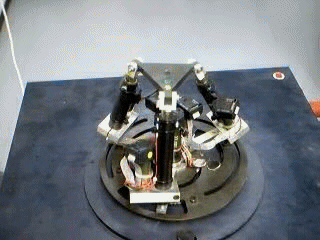
Example 1: a parallel robot is composed of several closed kinematics chains (RSPR3 robot)
 
Example 2: eight possible inverse kinematics solutions for a Composite Serial-in-Parallel (CISP) robot RSPR3
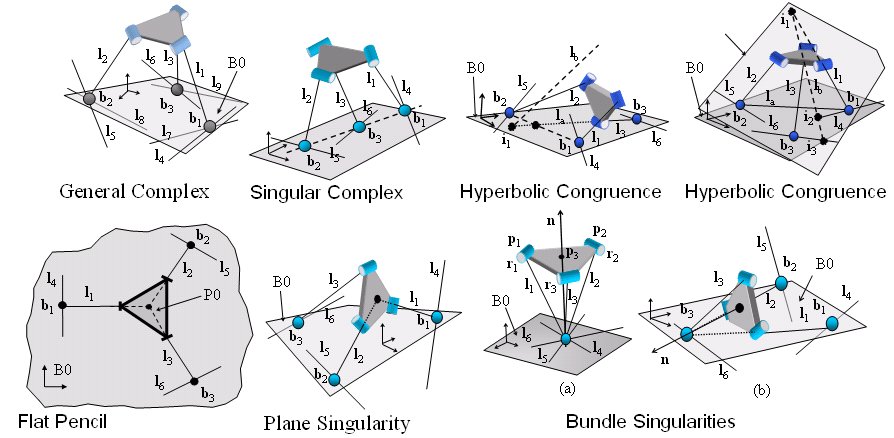
Example 3: The singularities of the RSPR3 robot and other parallel robots can be explained by associating a physical interpretation to the rows of the jacobian and using line geometry.
Instructor: N. Simaan
Prerequisites: Linear algebra, Recommended: Mechanics of Machines, Introduction to robotics;
Description:
This course is for Senior undergraduate and for Graduate students interested in an introductory level course to medical robotics. This new course presents a unique opportunity for students to learn and apply a wide array of design and analysis skills specifically focused on the design of surgical instruments and on the integration of new tools and robots in the surgical workflow.
Course Registration numbers:
This course has two registration numbers:
Undergraduate students should register for ME210.02 "special topics".
Graduate students should register for ME392.02 "special topics".
Topics to be covered (time permitting)
- Medical robotics: survey of applications and historical perspective
- Mechanical robotic architectures for surgical assistance
- Classification of tools and robots and examples of applications
- Considerations of material selection and sterilization of instruments
- Standards of sterilization and the process of new device approval
- Guidelines for material selection and fabrication processes for medical instruments
- Imaging modalities and instrument compatibility
- Survey of mechanisms used in the design of surgical instruments including analysis case studies
- Introduction to mechanism synthesis with applications for grasping, stapling, and stitching/suturing
- Static balancing of mechanisms and applications for surgery
- Design guidelines and analysis of coupling in wire-actuated instruments
- Introduction to rigid body screw motion
- Rigid registration methods
- Iterative closest point algorithm for registration
- Undergraduate design projects will include survey of application and design of surgical instruments and robotic devices.
- Graduate design projects will focus on specific tool design optimization and registration
Course Requirements
The course will have a midterm and a final project. The grading will be based on bi-weekly assignments, class participation, 1 term project and a project presentations. Graduate students will also be assigned research projects with expanded scope and depth.
Who should take this course
Graduate and undergraduate seniors interested in an introduction to the new field of medical robotics
Courses:
1) ME8331 Robot Manipulators: (to be offered Spring 2017)
Time: Tuesdays and Thursdays 1:10PM-2:00PM
Location: Olin Hall 135
This newly revised course will build on the background obtained in the recently revised Intro to Robotics (ME271) course. The course is highly recommended for graduate students in robotics disciplines (EE/CS and ME alike). Also, I will consider recent undergraduate seniors who took ME271 in fall 2012 provided that their grade achievements and current ME271 instructor feedback suggest that they are able to deal with a graduate-level course.
2) ME2160 Introduction to Design (also know as introduction to computer graphics and design):
This is a new design course I introduced to the Vanderbilt ME curriculum. I offered this course for the first time in Fall 2013. The course is the first course in the design sequence and it introduces students to basic concepts of design methodology, technical drawing and graphics communication and computer-aided design. The course includes an extensive introduction to Creo (formerly Pro/Engineer) as a computer aided design tool.
This course is designed to provide students with the necessary skills in Computer Graphics and Design. The focus of the course will be technical drawing for Mechanical Engineers while covering freehand sketching, 3D modeling of parts, managing assemblies, dimensioning, generating multi-view and production drawings, including basic considerations for manufacturing and specifications of dimensional tolerances, generating flexible (re-usable) and robust 3D designs that are compatible for re-design and current design methodologies in industry, generating assembly animations.
3) Introduction to Medical Robotics: (Offered Fall 2012)
This course is for Senior undergraduate and for Graduate students interested in an introductory level course to medical robotics. This new course presents a unique opportunity for students to learn and apply a wide array of design and analysis skills specifically focused on the design of surgical instruments and on the integration of new tools and robots in the surgical workflow.
Please see the following page for course details.
4) Advanced Topics in Robotics and Mechanism Synthesis (offered Spring 2012):
Graduate students at Vanderbilt are encouraged to look into the description of the course Advanced Topics in Robotics and Mechanism Synthesis, which was first offered at Vanderbilt in Spring 2011.
5) ME2190 Dynamics: (Offered in Spring 2012, Spring 2015)
This course is a sophomore class designed to introduce students to the basics of rigid body dynamics including kinematics (study of motion) and kinetics (study of motion and forces causing motion).
Past Courses:
The following courses were offered at Columbia University. Dr. Simaan will be designing new courses at Vanderbilt
|



